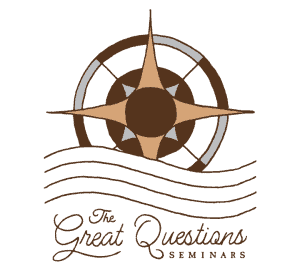Chapter 1 of Book 3 contains the famous advice on ratios and proportion which inspired Leonardo da Vinci’s even more famous Vitruvian Man drawing. The ideas it illustrates are related to Plato’s Theory of Forms and to ideas about ‘sacred geometry’ which encouraged the use of circles and squares in renaissance architecture and garden design.
c. 40-19 BCE
This is the first and most famous text in the history of western landscape architecture, architecture, enginering and town planning. In Roman times the architect was, from the word’s Greek etymology, a ‘chief technician’. The Ten Books’ Contents list reveals that most aspects of engineering, including harbours, site planning, clocks, aqueducts, pumps and siege engines, come with the author’s technical scope. Only a tiny proportion of these subjects come within the twenty-first century scope of ‘architecture’. Vitruvius Pollio’s treatise De Architectura, was written circa 27 BC and is the only book of its kind to survive from antiquity. These online extracts from Vitruvius comprise the first Book and his comments on what we would now classify as garden design.
rome, italy
How far back?
2020 | Present

